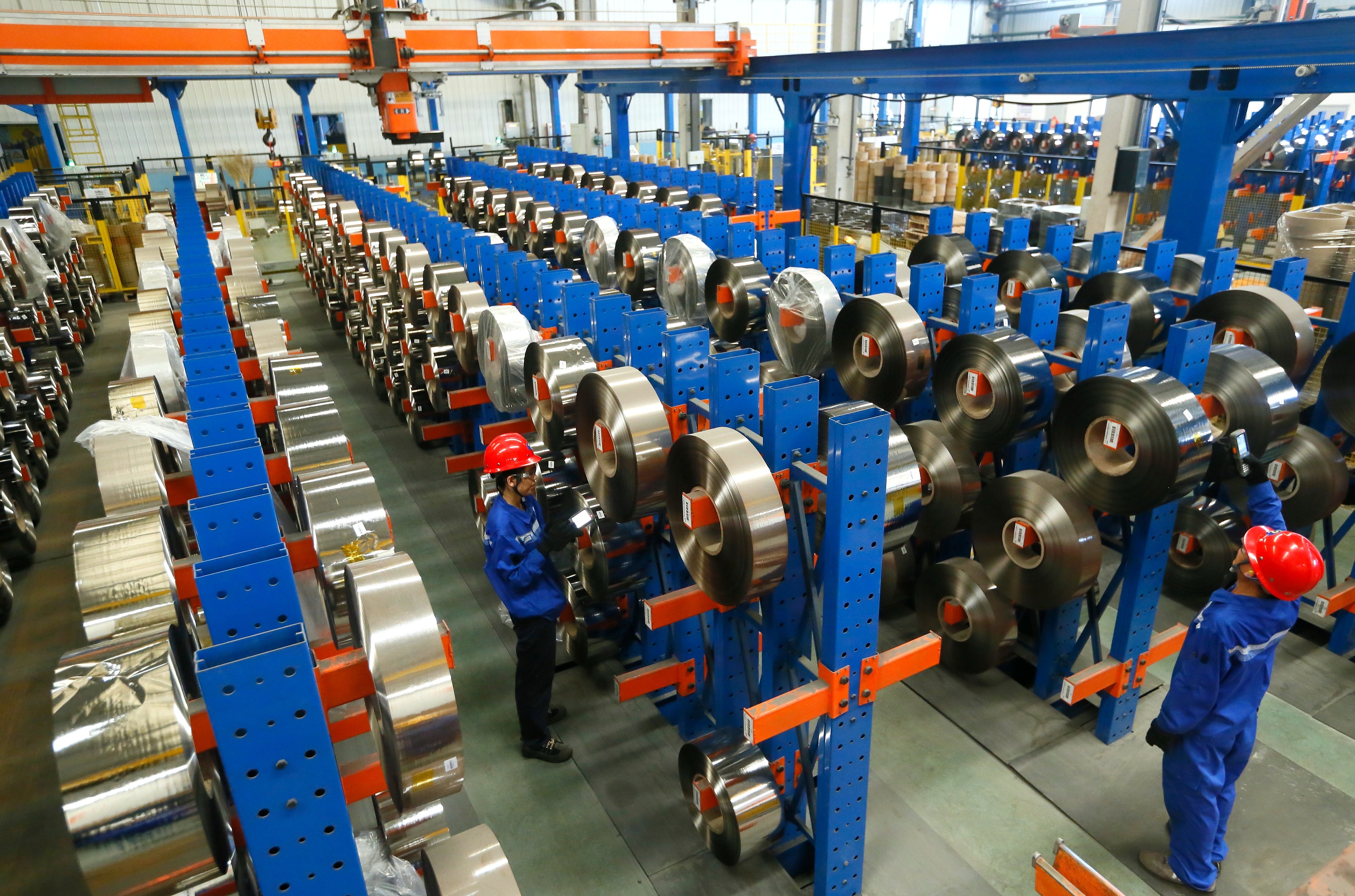
A night market on Huaqiang North Street in Shenzhen, south China's Guangdong Province, September 16, 2023. /CFP
A night market on Huaqiang North Street in Shenzhen, south China's Guangdong Province, September 16, 2023. /CFP
Recently, the development of China's economy has been labeled as facing "stagnation" or even "collapse" in some Western media reports, stoking worries about the resilience of the world's second largest economy.
Some say those reports are pure prejudice; others worry they may hurt investors' confidence in the country's market. Putting the debate aside, the following numbers and analyses give more clues about the real situation of China's economy.
In August, China's value-added industrial output went up 4.5 percent year on year, higher than the 3.7 percent recorded in July, while retail sales of consumer goods reported a 4.6-percent increase after a slowdown lasting three consecutive months, data from the National Bureau of Statistics (NBS) showed. The country also saw August consumer inflation returning to positive territory.
As existing and incremental policies take synergistic effect, China's economy will rebound and sustain a long-term upward momentum, Cong Liang, deputy head of the National Development and Reform Commission, said on Wednesday.
"There is no deflation at present and we will not see deflation for the Chinese economy in the future," Cong said, responding to a question on deflationary risks.
Willingness to spend recovers
As the economy sustained recovery momentum and employment gradually improved, residents' income increased relatively fast in the first half of 2023, NBS spokesperson Fu Linghui said at a press conference in July.
China's per capita disposable income stood at 19,672 yuan (about $2,758) in the first half of 2023, up 6.5 percent year on year in nominal terms, data from the NBS showed. After deducting price factors, per capita disposable income rose 5.8 percent from the previous year, which is higher than the growth rate of China's gross domestic product (5.5 percent year on year) during the same period.
From January to June, China's per capita consumption spending reached 12,739 yuan, up 8.4 percent year on year in nominal terms and 7.6 percent in real terms.
Domestic tourist trips in China surpassed 1.8 billion from June to August, with revenue exceeding 1.2 trillion yuan, according to the latest data from the China Tourism Academy (CTA).
Compared with the summer of 2019, air ticket bookings in popular domestic cities increased by 40 percent, and hotel bookings surged, up 140 percent year on year.
The coming Mid-Autumn Festival and National Day holidays, which will last eight days from September 29 to October 6 this year, is usually a peak season for consumption. To boost the consumption market, the Ministry of Commerce will launch a wide range of promotional activities, spokesperson He Yadong said on Thursday.

Staff of Qingdao Yunlu Advanced Materials Technology prepare products for orders of overseas markets, Qingdao, east China's Shandong Province, September 19, 2023. /CFP
Staff of Qingdao Yunlu Advanced Materials Technology prepare products for orders of overseas markets, Qingdao, east China's Shandong Province, September 19, 2023. /CFP
Exports remain resilient
China's exports, as some reports said, are said to decline as productions resume in other countries after the pandemic. However, in spite of decoupling, unilateral sanctions and disruptions of industrial and supply chains, China's exports did not fall significantly in the first half of this year.
With a sound supply chain system and continuous improvement of technology, China's export share of intermediate goods and capital goods is steadily increasing, which has exceeded the decline in the export share of consumer goods, according to analysts from China-based Tianfeng Securities.
Both intermediate and capital goods are used to produce consumer goods. In the process of production, intermediate goods are the ingredients of that final product, and capital goods are the tools needed to put ingredients together.
Chinese enterprises producing overseas may enjoy advantages in terms of manpower, raw materials, tariffs and logistics, but they still need to buy capital goods and intermediate goods from China, analysts said, adding that the country's export share remained high in the first half of 2023.
For example, the Beijing-Tianjin-Hebei region in north China saw its foreign trade increase by 2.1 percent year on year to about 3.28 trillion yuan in the first eight months of this year, data showed.
During the period, exports of the port city of Tianjin reached nearly 6.03 billion yuan, up 0.3 percent year on year, said the municipal commerce bureau.